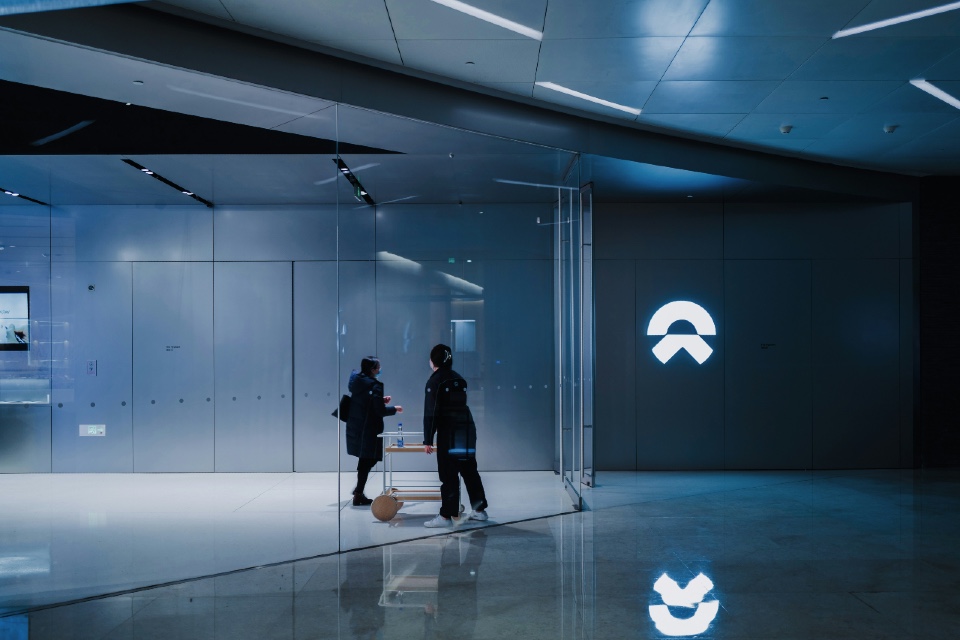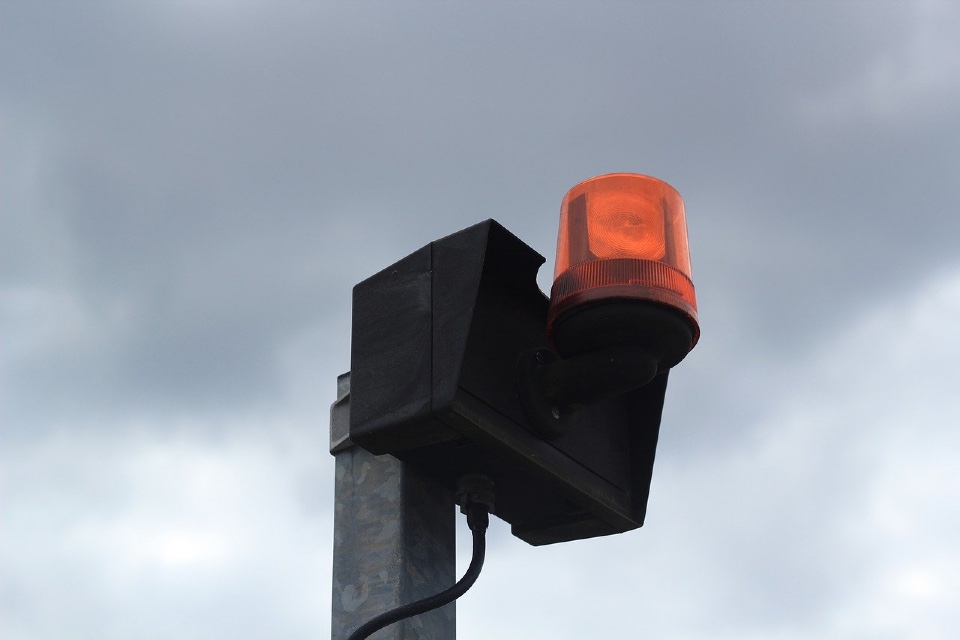Intruder alarm solutions have advanced significantly to address evolving security challenges across UK facilities. Senior FM professionals are adopting ever more innovative systems that leverage technology for greater reliability, real-time response, and cost-effectiveness. Here’s an overview of the top trends in intruder alarm solutions, including deployment scenarios, technology, costs, and what’s to come…
1. AI-Powered Alarm Systems with Smart Analytics
Artificial Intelligence (AI) and smart analytics are now integral to intruder alarm systems. AI-powered alarms can differentiate between genuine threats and false alarms, such as animals or weather conditions, reducing unnecessary disruptions and improving response times. These systems use smart analytics to detect patterns of unusual behaviour, like repeated entry attempts or extended loitering in restricted areas, automatically alerting security personnel only when needed.
AI-driven alarm systems are valuable in high-traffic areas, such as corporate offices, retail centers, and educational campuses, where distinguishing between real threats and false alarms is essential. While initial costs for AI-enhanced systems are higher, they reduce the costs associated with frequent false alarms and provide long-term operational efficiencies.
2. Integration with Access Control and CCTV Systems
An important trend is the integration of intruder alarms with access control and CCTV systems to create unified security solutions. Integrated systems offer FM professionals a comprehensive view of security, allowing them to monitor access points, capture real-time video, and receive alarm notifications from a single platform. For example, if an alarm is triggered, the integrated system can automatically pull up live CCTV footage, enabling security teams to assess and respond to incidents more effectively.
These integrated solutions are especially useful in multi-site facilities, such as healthcare institutions and industrial facilities, where seamless monitoring across all sites is crucial. Integrated alarm systems tend to involve higher installation costs, but they streamline security management and enhance response capabilities, providing a strong return on investment.
3. Wireless and Cloud-Based Alarm Solutions
With the rise of remote and hybrid work, wireless and cloud-based alarm systems have become popular for their flexibility and scalability. Wireless alarms are easier and faster to install compared to wired systems, making them suitable for both new builds and retrofitting existing facilities. Cloud-based solutions enable remote monitoring and management, allowing FM teams to control alarm systems and receive real-time alerts from anywhere, which is especially useful for facilities with multiple locations.
Wireless and cloud-based systems reduce installation and maintenance costs, as they don’t require extensive cabling or on-site personnel to manage the system. Subscription-based models also make cloud solutions more cost-effective for facilities of various sizes.
4. Environmental and Smart Sensor Integration
Intruder alarm systems now come equipped with smart sensors that monitor environmental factors such as temperature, humidity, and smoke, in addition to detecting unauthorized access. These multi-functional alarms are particularly beneficial for facilities that store sensitive materials, such as data centers, laboratories, and warehouses. In the event of a security breach, these systems can simultaneously detect other risks, enhancing overall facility protection.
Smart sensor systems can be more expensive due to their advanced capabilities, but they provide a multi-layered security approach that is valuable in high-risk facilities. The ability to integrate multiple types of sensors within a single alarm system enhances both safety and operational efficiency.
Outlook for 2025 and Beyond
Looking ahead, intruder alarm solutions will continue to leverage AI, cloud technology, and smart integration to create more resilient security systems. As the need for remote management and enhanced threat detection grows, FM professionals can expect further advancements in wireless, cloud-connected, and AI-powered systems. The focus on streamlined, integrated security will make intruder alarms a core component of comprehensive facility management strategies, ensuring facilities are well-protected, responsive, and adaptable to future security challenges.
Are you searching for Intruder Alarm solutions for your organisation? The FM Forum can help!
Photo by Alexey Soucho on Unsplash






